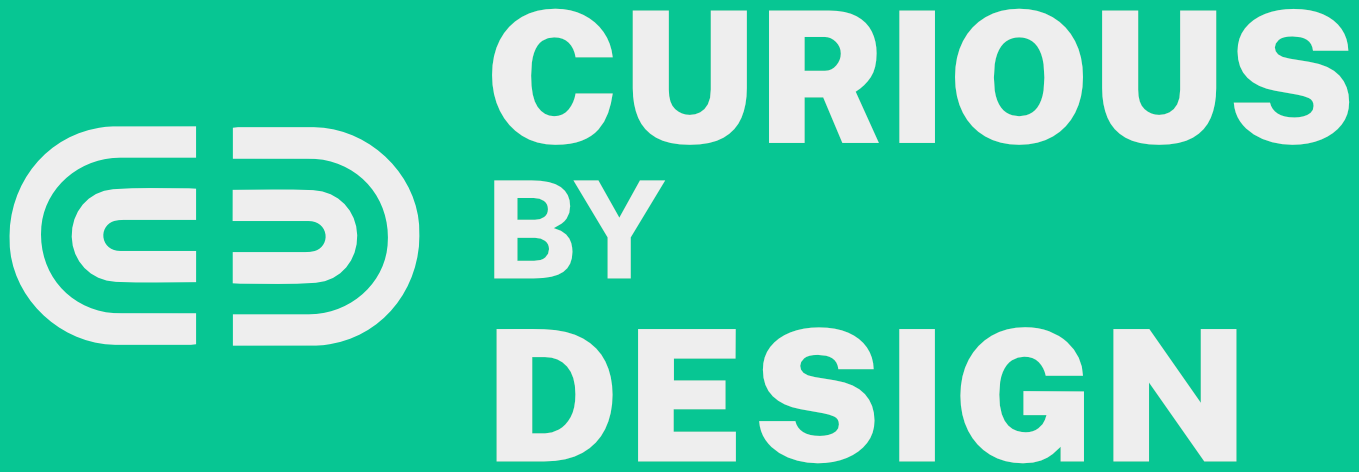The Psychology of Color in Product Design

Color is one of the most powerful tools in product design, influencing how we perceive and interact with everyday items. Whether it's the toothpaste we choose in the morning, the phone case we carry throughout the day, or the kitchen appliances that fill our homes, color plays a key role in shaping our decisions. This is not just about aesthetics; it's about psychology.
When we see a product, we subconsciously form judgments based on its color before we even engage with its functionality. These judgments are influenced by cultural associations, personal experiences, and even evolutionary instincts. Some colors make us feel energized, while others bring a sense of calm. Companies and designers understand this, using color strategically to evoke specific emotions and behaviors.
Beyond emotion, color impacts usability and brand perception. A poorly chosen color can make a product seem cheap, outdated, or even untrustworthy. On the other hand, the right color can enhance desirability and create a lasting connection between the consumer and the brand. This is why color selection is never random in product design; it is a carefully considered element that can make or break a product’s success.
To understand the role of color in product design, let's explore how it affects perception and decision-making in three everyday categories: personal care products, tech accessories, and home appliances. Each of these areas demonstrates the subtle yet powerful way color influences consumer behavior.
The Role of Color in Personal Care Products
Personal care products, such as toothpaste tubes, shampoos, and skincare packaging, rely heavily on color psychology to communicate their benefits. The color of these items is not chosen arbitrarily; it is designed to evoke specific expectations in the consumer’s mind.
Take toothpaste as an example. Most toothpaste tubes are white or blue, colors that symbolize cleanliness and freshness. White conveys purity and a sense of hygiene, while blue is often associated with trust and reliability. Some toothpaste brands use green to emphasize natural ingredients, while red is occasionally used to signal intensity, often for formulas that promise extra-strength whitening. These color choices shape how we perceive the effectiveness and purpose of each product.
Beyond toothpaste, shampoos and body washes also use color strategically. Products marketed as energizing or refreshing often come in bright, citrus-inspired colors like yellow, orange, or green. On the other hand, items that promise relaxation—such as lavender-scented shampoos or nighttime skincare products—are typically found in purple, deep blue, or soft pastels. These colors help reinforce the sensory experience of the product before it is even used.
Consumers may not consciously recognize how color sways their choices, but the impact is undeniable. When standing in an aisle filled with similar products, color often serves as a shortcut to decision-making. A well-designed color scheme can instantly differentiate a product, making it stand out against competitors and reinforcing the brand’s promise.
Color in Tech Accessories
Tech accessories, such as phone cases, earbuds, and laptop covers, are another area where color significantly influences consumer behavior. While functionality remains a priority, color allows users to express personality and align products with their lifestyle.
Phone cases, for instance, are available in an endless array of colors and designs, each appealing to different emotions and personality traits. A sleek black case conveys sophistication and professionalism, making it a popular choice among business professionals. In contrast, pastel-colored cases suggest playfulness and creativity, often appealing to younger demographics. Bright, bold colors like red or neon green are linked to high energy and confidence, attracting those who want their accessories to make a statement.
Beyond personal expression, color also plays a role in perceived quality. Metallic finishes and deep, rich tones—such as navy blue or burgundy—often give a sense of durability and premium craftsmanship. In contrast, light, muted tones can make a product feel softer and more approachable. Tech brands understand this dynamic and often offer their flagship devices in a curated range of colors to align with consumer preferences.
Interestingly, even small color details can shape perception. The choice of accent colors in buttons, logos, or trims can affect how modern or outdated a product appears. For example, a minimalist phone case with subtle gold accents may seem luxurious, while one with neon details might appear trendy but less refined. These subtle design decisions have a profound effect on how we evaluate and choose our everyday gadgets.
Kitchen Appliances
In the kitchen, color choices go beyond aesthetics—they influence how we feel about the space itself. The appliances we use daily, from blenders to coffee makers, contribute to the overall atmosphere of our home, making color selection an essential part of design.
For decades, kitchen appliances were predominantly white or stainless steel, reinforcing a sense of cleanliness and modernity. However, in recent years, there has been a resurgence of colorful kitchen gadgets, reflecting a shift in consumer preferences. Brands now offer appliances in shades of red, pastel blue, and even vibrant yellows, creating an opportunity for consumers to personalize their kitchen environment.
Red is a particularly interesting choice for kitchen appliances. It is associated with appetite stimulation and energy, making it a popular color for stand mixers and coffee makers. Red draws attention and conveys a sense of excitement, which is why it is often used in branding for food-related products. On the other hand, pastel colors—such as mint green or baby blue—evoke nostalgia, reminding consumers of vintage kitchen designs from the mid-20th century. These softer hues appeal to those who want a warm, inviting kitchen space.
Even the finish of an appliance influences how it is perceived. Matte finishes often give a sense of sophistication and high-end design, while glossy finishes can make a product appear more vibrant and playful. These small but significant details affect purchasing decisions, as consumers often gravitate toward appliances that align with their ideal home aesthetic.
The psychology of color in product design is a fascinating blend of science, emotion, and marketing strategy. Whether we are selecting a tube of toothpaste, a new phone case, or a kitchen appliance, color plays a silent but influential role in shaping our perceptions and choices. Brands that understand the impact of color can craft products that not only stand out on shelves but also create meaningful connections with consumers.
Ultimately, color is more than just a visual element—it is an experience. It shapes how we feel about the products we use daily, influencing both our emotions and our purchasing behavior. The next time you find yourself drawn to a particular product, take a moment to consider how much of that attraction is tied to its color. Chances are, it played a bigger role than you realized.





